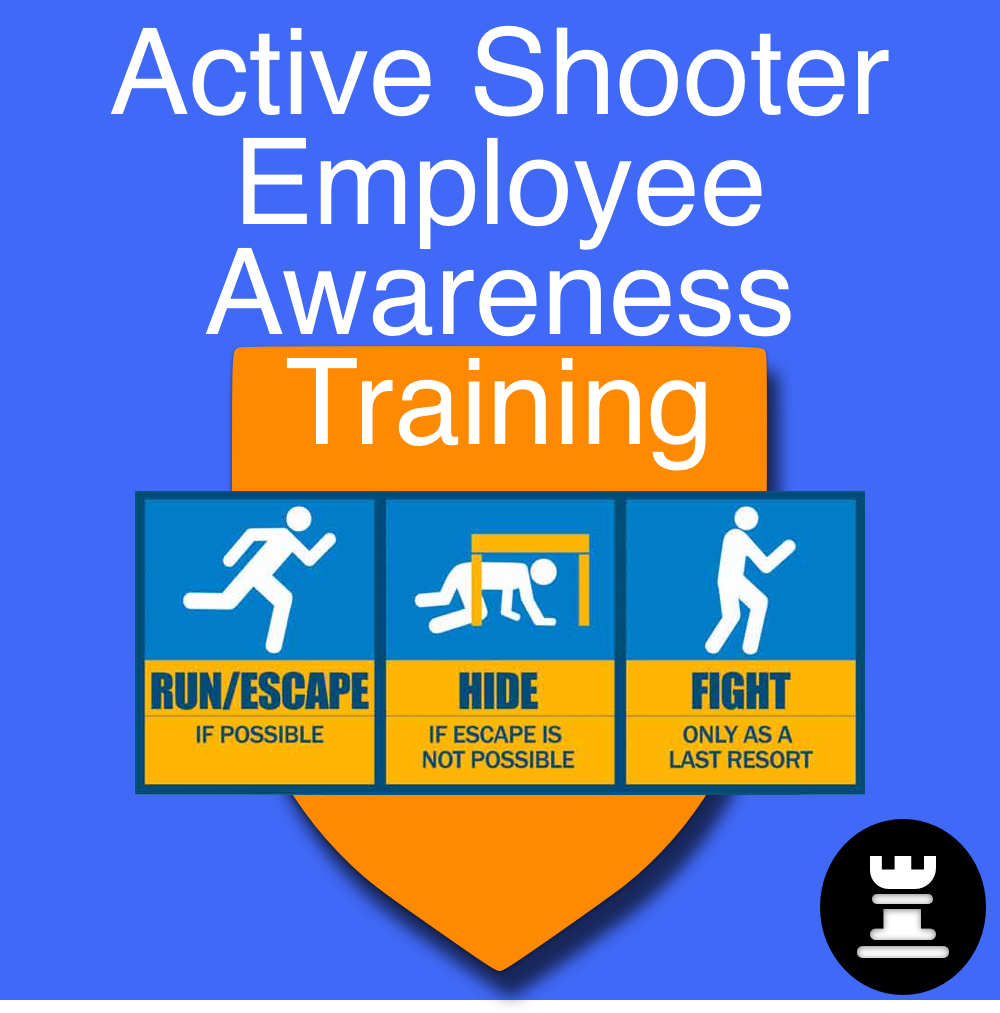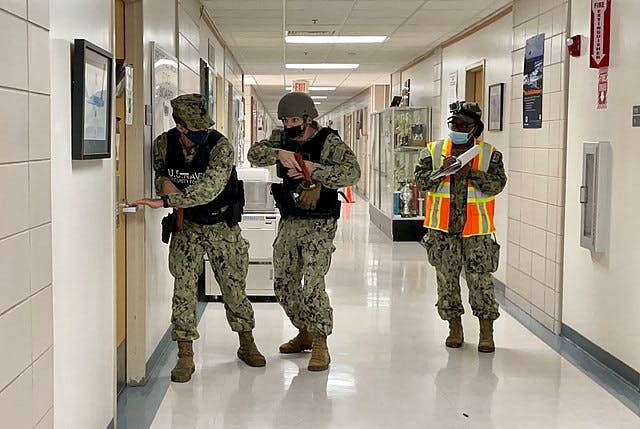The Advantages of Continuous Active Shooter Training for Neighborhood Security
The Advantages of Continuous Active Shooter Training for Neighborhood Security
Blog Article
Executing Active Shooter Training: Ideal Practices for Producing a Safe and Prepared Area Setting
As areas challenge the distressing fact of energetic shooter incidents, the application of detailed training programs ends up being imperative. What are the critical components that can change a conventional training program right into a durable design for area resilience?

Recognizing the Requirement for Training
In a period marked by boosting incidents of physical violence in public rooms, understanding the requirement for energetic shooter training has actually never ever been more crucial. Thorough training efforts can outfit participants with the understanding and abilities to react decisively.
Moreover, the psychological effect of physical violence on people and communities can not be overemphasized. Training promotes a sense of empowerment and readiness, making it possible for individuals to really feel more protected in their environments. It also advertises a society of safety and security, where recognition and alertness become essential elements of life. The benefits of active shooter training extend past immediate response; they include boosting interaction procedures and improving total safety procedures within companies.
Secret Components of Effective Programs
Efficient active shooter training programs integrate a number of essential parts that boost preparedness and reaction abilities. Thorough curriculum growth is important, making sure that training material is relevant, evidence-based, and customized to the certain demands of the company or neighborhood. This consists of understanding the dynamics of energetic shooter incidents and the mental effect on individuals involved.
Second, sensible training situations must be utilized to replicate potential situations, permitting participants to practice decision-making and reaction methods in a controlled environment. These drills facilitate muscular tissue memory and build self-confidence amongst participants.
Third, a concentrate on interaction methods is vital. Establishing clear lines of interaction amongst police, emergency responders, and individuals makes certain coordinated responses during an occurrence. Routine updates and correspondence course help keep communication pathways clear and efficient.
Fourth, ongoing analysis and feedback devices must be incorporated right into the training program - active shooter training. Assessing the performance of training via participant responses and performance metrics enables constant enhancement
Last but not least, promoting a culture of security and preparedness within the community motivates vigilance and aggressive measures, guaranteeing that people are not just qualified however additionally involved in maintaining a safe setting.
Engaging Area Stakeholders

To effectively engage these stakeholders, it is vital to communicate the objectives and benefits of the training. Organizing informational sessions can assist clarify the training's objective, address worries, and detail the roles each stakeholder may play. Additionally, creating a stakeholder consultatory committee can facilitate recurring discussion, enabling diverse viewpoints and understandings to be incorporated right into the training program.
Building partnerships with area leaders and companies is likewise essential. Their support can improve outreach efforts, increase participation, and guarantee that training is tailored to the unique needs of the community. Additionally, stakeholders can assist in distributing details and resources, strengthening the message of safety and security and preparedness.
Inevitably, involving neighborhood stakeholders not just strengthens the training effort however also cultivates a sense of ownership amongst residents, causing an extra resilient and enlightened community qualified of responding properly to prospective hazards.
Training Distribution Techniques
Using a selection of training delivery techniques is vital to fit the diverse understanding designs and needs of participants in active shooter training programs (active shooter training). Effective training can take numerous kinds, consisting of talks, hands-on simulations, on-line modules, and interactive workshops. Each method offers an unique objective and can improve the overall discovering experience

Online modules supply adaptability and availability, enabling individuals to learn at their very own pace. These can consist of videos, quizzes, and conversations More Help to evaluate understanding. Interactive workshops encourage seminar and analytic, advertising synergy and communication abilities.
Integrating a blended method that combines these techniques not only improves the training experience but also makes certain that individuals are better prepared to react effectively in the occasion of an energetic shooter circumstance (active shooter training). By resolving different learning choices, companies can create an extra educated and responsive area
Constant Examination and Improvement
Regular assessment and improvement of energetic shooter training programs are essential to preserving their importance and effectiveness. As threats develop, so have to the strategies and techniques used in training. Constant analysis makes certain that training material reflects the most recent knowledge on active shooter occurrences, integrating lessons gained from recent events and readjusting for emerging fads.
To promote this procedure, companies should develop feedback systems that include participant examinations, professional evaluations, and incident debriefs. Collecting data on individual performance during drills and exercises is vital, as it highlights locations requiring enhancement and informs future training sessions. In addition, engaging with police and emergency responders can provide valuable insights into the usefulness and applicability of training methods.
Consistently arranged evaluations of training materials and methods need to be mandated, promoting an atmosphere of innovation and flexibility. Organizations must additionally motivate a society of recurring learning, where employee really feel equipped to suggest modifications based upon their experiences. By devoting to continual analysis and enhancement, organizations not only improve the performance of their active shooter training programs yet also reinforce their overall dedication to safety and readiness within the neighborhood.
Conclusion
Finally, efficient execution of energetic shooter training requires a thorough technique that focuses on click to investigate community involvement and sensible simulations. By developing customized educational programs, integrating diverse training approaches, and fostering collaboration among stakeholders, communities can boost readiness. Constant analysis and comments mechanisms are necessary for adapting programs to arising hazards, consequently reinforcing overall safety and security. Ultimately, a dedication to recurring training and renovation grows a culture of watchfulness and preparedness, guaranteeing a much safer environment for all community members.
Report this page